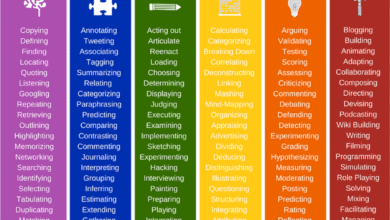ALL THE WAY TO SUMMER


“They are about love that changes the lives of my characters, one way or another,” Kidman writes in the preface. “Love, long or short, and often dangerous, is never forgotten.” The danger her characters face is the risk of being stifled by love; of losing independence and agency; of betrayal, too, and of succumbing, unwisely, to desire. In “Tell Me the Truth About Love,” Veronica, as a young teacher, explains to her students that history is “like a jigsaw puzzle or a mystery story, one piece leading to another. We can, each one of us, look at a landscape or a character in history, or even a set of dates, and see something different from what anyone has seen before.” Years later, she looks back at a landscape that shifts her sense of her own reality. Other women recall narrow escapes, willful blindness, or a “wild card” that changed “the symmetry” of their lives. A woman who returns to her ex-husband explains why: “It was because I had a second chance to choose. You don’t at the beginning when you’re young. Or not when I was young. You got swept away by forces beyond your control.” Her decision, she adds, “was quite unconventional.” Kidman’s quiet, deft narratives startle with flashes of sensuous images: “salmon-pink carpets that roll fleshily through the rooms.” A distraught new mother holds a baby asleep in her arms, “as if he were a snake in a basket.” Lovers lie in bed, their “skin like twin silks sliding together.” At best, in Kidman’s telling, love creates a place of safety and calm for characters who learn, at last, “that what seems romantic on the outside can be a substitute for grief.”
Source link



